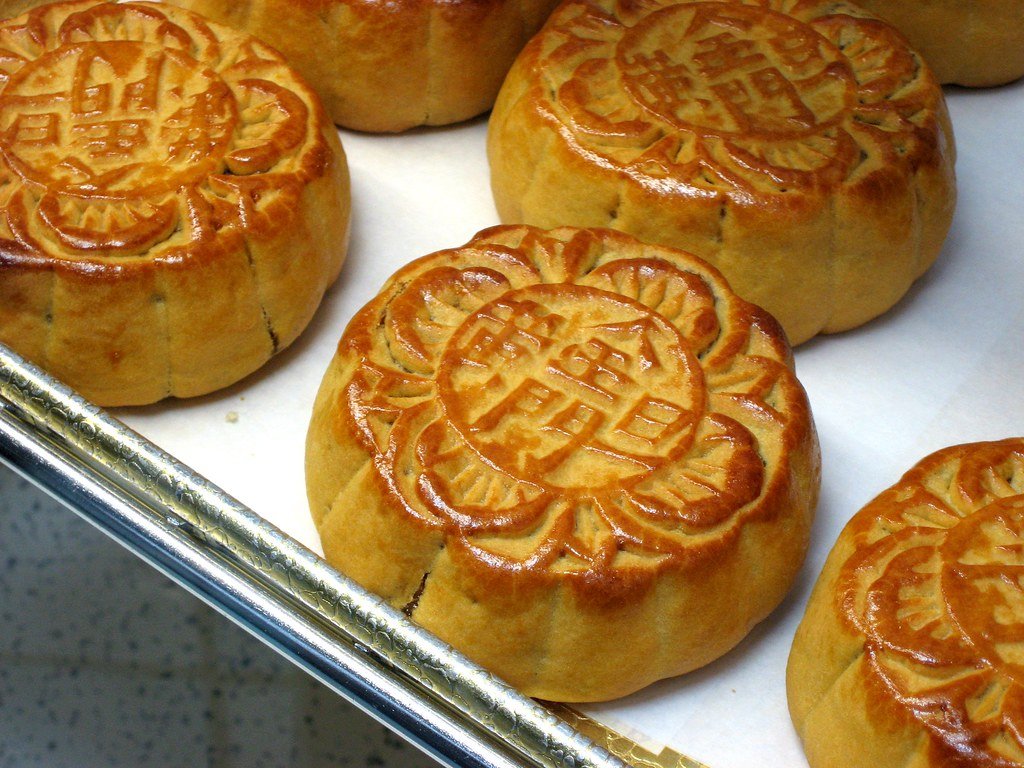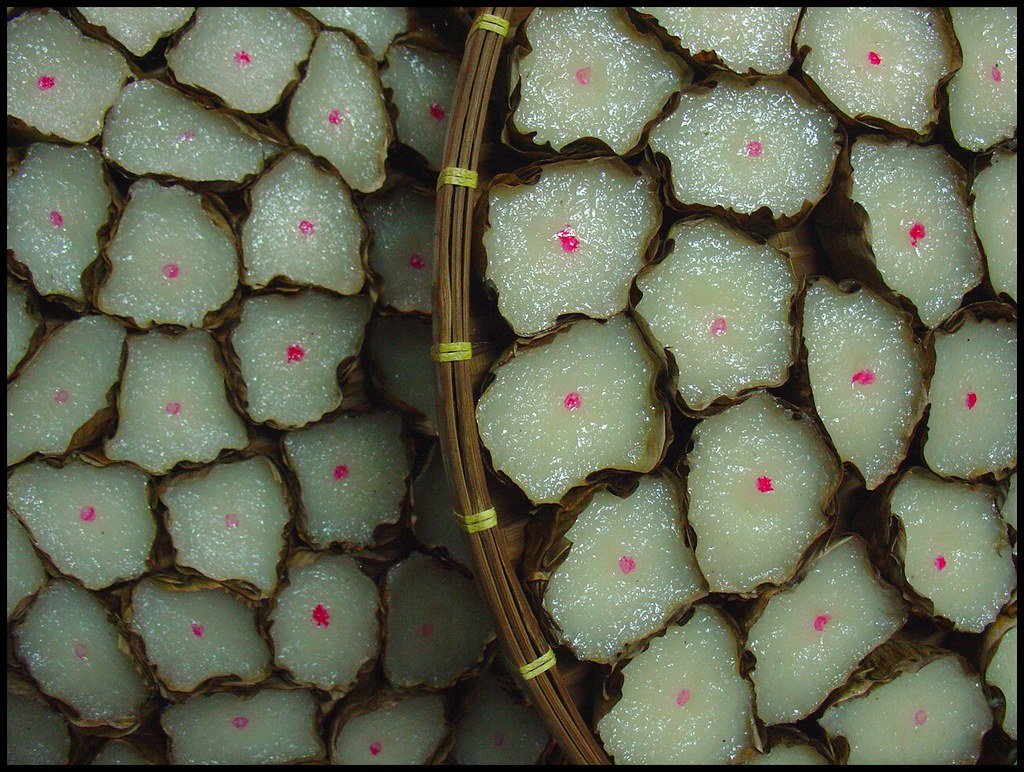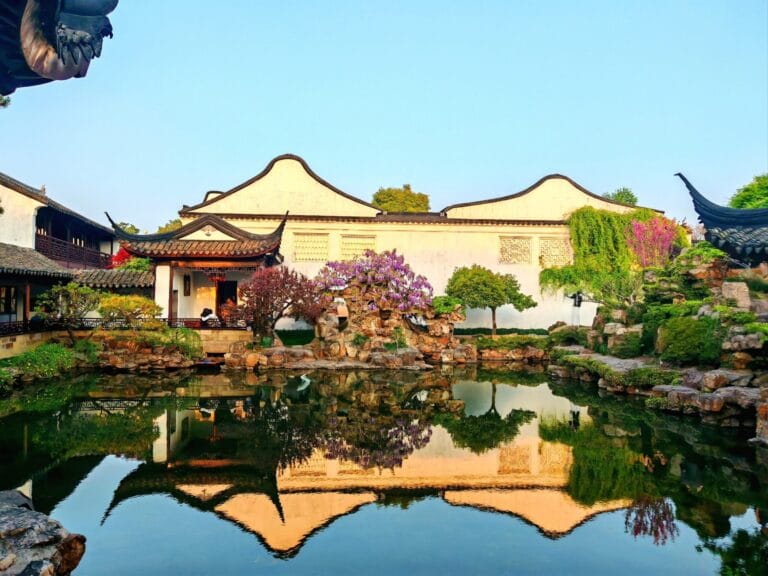Exploring the Sweet World of Chinese Desserts
Chinese desserts are a delightful mix of flavors, textures, and traditions. From the bustling streets of Hong Kong to the serene landscapes of rural China, sweets play a crucial role in Chinese culture. For travelers with a sweet tooth, discovering these treats can be a journey in itself. Let’s dive into the fascinating world of Chinese desserts, their origins, and the best places to savor them.
Table of Contents
Beyond Dim Sum: The Hidden World of Chinese Desserts
When you think of Chinese cuisine, savory dishes like dim sum or Peking duck might come to mind. But for those with a sweet tooth, China offers a treasure trove of desserts often overlooked by travelers. From the bustling streets of Hong Kong to the quiet alleys of ancient towns, Chinese desserts tell a story of tradition, innovation, and regional pride.

Why Chinese Desserts Are Different
Unlike Western counterparts, Chinese desserts aren’t just about sugar. They’re a harmonious dance of textures and subtle sweetness. Many use ingredients that might surprise you: red beans, sesame, and even tofu. This unique approach reflects traditional Chinese medicine‘s belief in balancing flavors for health.
As a traveler, embracing these differences opens up a new world. You’ll find that Chinese desserts aren’t mere afterthoughts but integral parts of the culinary landscape.

The Magic of Glutinous Rice
Tangyuan: Little Balls of Joy
In southern China, especially around the Lantern Festival, you’ll encounter tangyuan. These are sweet dumplings made from glutinous rice flour. Served in a warm, gingery syrup, they have fillings like black sesame or peanut paste. Biting into one releases a flood of molten sweetness—it’s like a hug from the inside!
Sticky Rice: More Than a Side Dish
In Chinese desserts, glutinous rice (also known as sticky rice) is a superstar. Despite its name, it’s gluten-free. The “glutinous” refers to its sticky, chewy texture when cooked. This trait makes it perfect for wrapping, molding, and binding desserts.

Hong Kong: A Sweet Tooth’s Paradise
Egg Waffles: Street Food Royalty
Hong Kong’s dessert scene is a blend of traditional and modern. Start with egg waffles (gai daan zai) from street vendors. These honeycomb-like treats have a crispy exterior and custardy center. Some shops now offer flavors like matcha or chocolate, showcasing Hong Kong’s innovative spirit.
Mango Pomelo Sago: A Cool Respite
On hot days, duck into a Hong Kong dessert café for mango pomelo sago. This chilled soup combines silky mangoes, citrusy pomelo, and pearls of sago (similar to tapioca). It’s refreshing, not too sweet, and incredibly popular. The best spots, like Hui Lau Shan, use seasonal mangoes for peak flavor.
The Mid-Autumn Festival: A Celebration of Sweetness
Moon Cakes: Not Just for the Moon
You might have heard of moon cakes during the Mid-Autumn Festival. But did you know they’re primarily desserts? Traditional moon cakes have a thin pastry skin encasing dense fillings like lotus seed paste. The highlight is often a salted egg yolk, symbolizing the full moon.

In modern times, creative flavors abound. In Hong Kong, you’ll find ice cream moon cakes, while Shanghai offers savory versions. This evolution shows how even age-old desserts adapt to changing tastes.
Red Bean: From Humble Origins to Sweet Stardom
Red Bean Soup: Comfort in a Bowl
In traditional Chinese medicine, red beans are believed to clear toxins. This idea led to red bean soup becoming a popular dessert. It’s simple—just red beans simmered with rock sugar until creamy. Yet, there’s something deeply comforting about its earthy sweetness.
During summer in Taiwan, try it cold. In Hong Kong’s dai pai dongs (open-air food stalls), you’ll find it hot, often with chewy tapioca pearls.
Red Bean Buns: Handheld Heaven
Red bean’s versatility shines in bao (steamed buns). Unlike their savory siblings, red bean bao are sweet. The filling is mashed, sweetened red beans. When fresh from the steamer, they’re pillow-soft. Places like Beijing’s Tianjin Bao Wei or Shanghai’s street markets serve excellent ones.

Tofu’s Sweet Transformation
Tofu Pudding: Silken Delight
Tofu in a dessert? Absolutely! Tofu pudding (douhua) is a testament to Chinese culinary ingenuity. It’s made from the freshest tofu, so silken it barely holds shape. Served cold in summer and hot in winter, it’s topped with ginger syrup in the north or brown sugar syrup in the south.
In Taipei’s Shilin Night Market, some vendors add boba (bubble tea pearls) for extra chewiness. It’s a modern twist on a classic, reflecting Taiwan’s dessert innovation.
Frozen Tofu Pops: A Modern Hit
In China’s buzzing cities, frozen tofu pops are the latest craze. Imagine tofu blended with fruits, frozen, then rolled in toppings like crushed peanuts. It’s creamy, fruity, and surprisingly light. Shops like Bafang Yunji in Shanghai offer flavors from mango to black sesame.
This trend shows how traditional ingredients can be reimagined for health-conscious, modern palates.

Regional Specialties: A Sweet Road Trip
Guilin: Osmanthus Delights
In the picturesque city of Guilin, osmanthus flowers perfume the air each autumn. This fragrance inspires local desserts. Try osmanthus jelly, a clear, wobbling dessert infused with the flower’s apricot-like aroma. At Guilin Rice Noodle King, they serve it alongside their famous noodles—a sweet-savory combo.
Chengdu: Spicy Meets Sweet
Chengdu, the capital of Sichuan, is famous for spicy food. But it also has a unique sweet treat: Sachima. It’s like a cross between a cereal bar and a cake, made from deep-fried strands of egg noodle bound with syrup. Some versions have a subtle spicy kick, mirroring the region’s love for heat.
Healthier Chinese Desserts for the Modern Traveler
Sweet Soups: Nourishing and Delicious
Many Chinese desserts double as health tonics. In Hong Kong and Guangzhou, you’ll find tong sui (sweet soups) designed to balance the body. Snow fungus soup, despite its odd name, is a beauty favorite. This gelatinous fungus is simmered with goji berries and believed to boost collagen.
Similarly, papaya and snow pear soup aims to soothe the throat. After days of trying street food, these nourishing desserts can be a welcome change.

Fresh Fruits: The Ultimate Chinese Dessert
Interestingly, the most common Chinese dessert isn’t a prepared dish—it’s fresh fruit. After meals, especially in homes, you’ll often be offered a plate of cut fruit. This practice reflects the belief that fruit aids digestion and provides a light, natural sweetness.
High-end restaurants in Beijing or Shanghai might present artistic fruit platters. But even in a local home, sharing fruit signifies hospitality. It’s a sweet, simple reminder that sometimes, nature’s offerings are the best desserts.
Sweet Endings to Your Chinese Adventure
Chinese desserts are as diverse and profound as the country itself. They’re not just sweet endings but windows into tradition, innovation, and regional identity. From the chewy embrace of tangyuan to the fragrant whisper of osmanthus jelly, each offers a unique sensory journey.

As you travel through China, let your sweet tooth be your guide. Step into a Hong Kong dessert café, join locals at a Beijing night market, or accept fruit from a host in Chengdu. Each sweet encounter will deepen your connection to this vast, fascinating land.
Remember, in China, desserts aren’t mere indulgences. They’re carriers of history, vehicles for creativity, and, often, little ambassadors of well-being. So go ahead, satisfy that sweet tooth. In doing so, you’ll savor not just flavors but stories—one delightful bite at a time.








